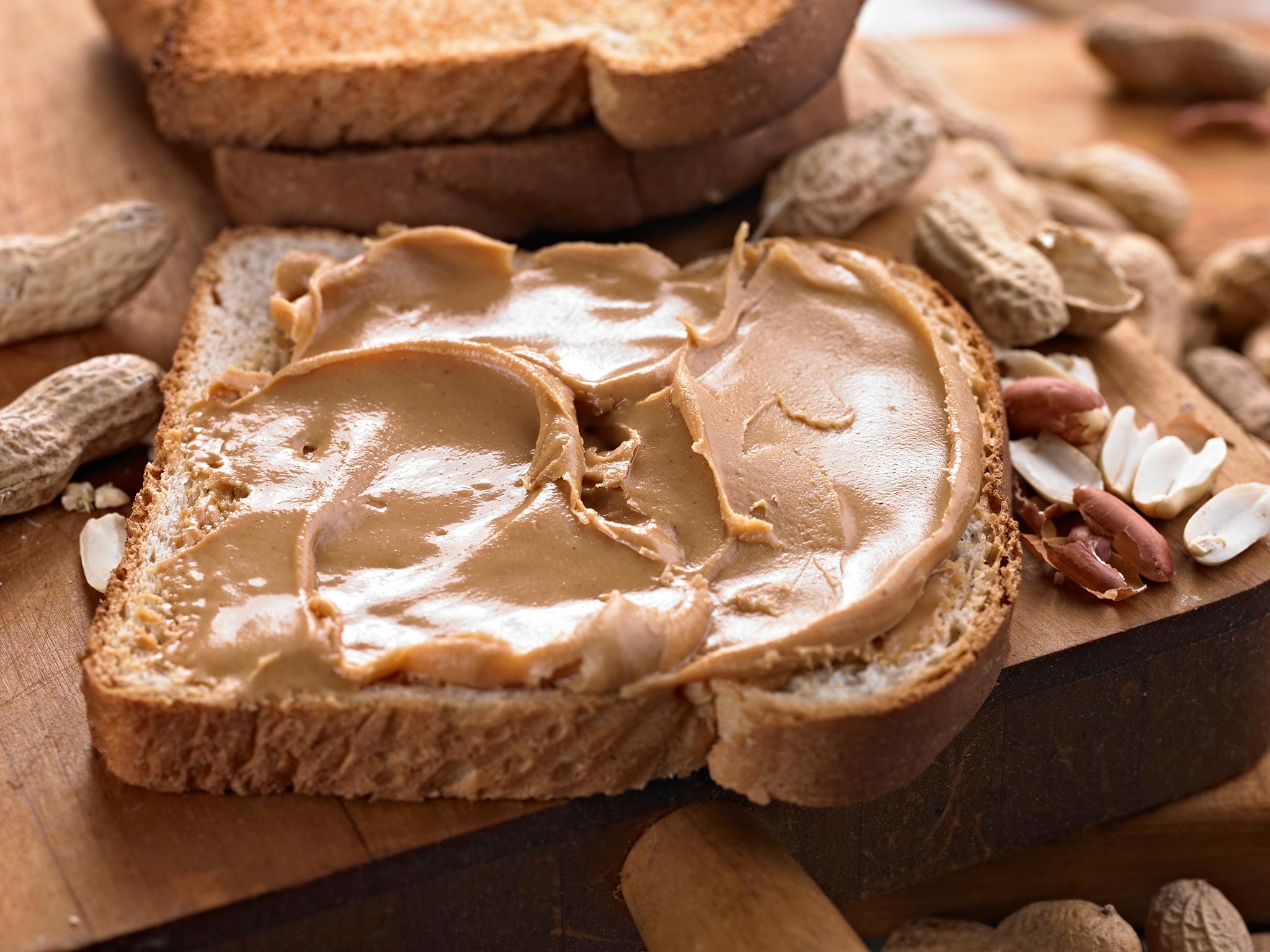How 20th century vegans made the world fall in love with peanut butter
Food historian and peanut expert Andrew F. Smith explains why the rise of the nut butter is a 'vegetarian conspiracy'

Slathered on toast, mixed with honey to marinate chicken, or coated in sugary chocolate, peanut butter is one of the most versatile and cheap foods out there.
Mass-produced for the first time in the US where it was blended with stacks of sugar and artificial chemicals, peanut butter has gradually gained popularity across the world since the mid-twentieth century. Because - in its purest form - it is high in protein, the rise of online fitness gurus has helped it explode in popularity as a healthy snack. And upmarket peanut butters - like Pipandnut and Jackpot that supports live music venues - are the latest jars to hit store shelves.
But the history of the humble food which is eaten sandwiched between white bread with sticky jelly in the US has more lofty origins than you might imagine.
Peanut butter is often thought of as a food created by slaves in the American south. But that myth is wrong, Andrew Smith, a food historian and author of Peanuts: The Illustrious History of the Goober Pea tells The Independent.
“There is no evidence that is true. To make peanut butter you need a special grinder which wasn't invented until the late 19th century."And slavery was abolished in the US in 1865. "It’s possible you could have done it with a pestle and mortar but peanut butter sticks all over the place," he adds.
The reason it became so popular in the US, he continues, is a “vegetarian conspiracy”. And it all comes down to John Harvey Kellogg - who manufactured cereal with his brother - and his Western Health Reform Institute for the well-heeled in the late 19th and early 20th centuries.
“He was a vegan and he ran a sanitarium in Battle Creek in Michigan,” explains Smith. “He creates this vegan meal programme that included all sorts of things including electric shock therapy. He was very popular and seen as cutting edge at the time, although his ideas were rejected later.
“At that time he was trying lots of new things and wondered how to replace butter in a vegan way. At that time, people had teeth problems so it was hard for them to eat things like granola, so he started grinding everything. One day he accidentally ground peanuts and ended up with what he have today.”
But while his health-conscious clients loved the stuff and bought their own grinders, the average American wasn’t so convinced by the nutty paste. Not until it was mixed up with sugar and fat, at least. Then, small peanut butter firms began popping up across the US. When the depression hit, peanut butter became a cheap food for cash-strapped families.
As well as Kellogg, botanist and inventor George Washington Carver also played a part in the rise of peanut butter. When boll weevils devastated the cotton crops of mainly African American tenant and small-crop farmers in the South, he encouraged them to grow peanuts because they were high in protein, could be used to make oil, and could be kept for long periods of time.
“The first recipe for jelly and peanut was created in 1911. In 1895 Kellogg gives it to sanitarium clients and in six years the product is in recipe books. It was very popular before commercial companies made it en masse. It became a mainstream product very quickly.”
“Brands like Skippy peanut butter would advertise in kids magazines. Children were targeted because it was an easy way for parents to get them to make their own lunch,” suggests Smith. “That was a pattern in the US continues until advertising moved to TV in the 50s and 60s.”
But what surprised Smith the most about peanut butter when he was researching his book was how the legumes (peanuts aren't actually nuts) ended up in being an all-American food at all. Its origins, he realised, were pretty complex.
Peanuts originated in Central America. Europeans didn’t come across them until they landed in the Caribbean, before spreading to the Mediterranean, Turkey and China. Peanuts were then transported to the US during the slave trade, which Smith believes is why some people believe peanut butter was eaten by Africans shipped to America. It didn’t spread from the South to the North until the civil war. Italian immigrants then seized on the nut, frying and salting it, as a means of making money with street stalls.
And as peanuts are so cheap, and therefore make such a huge profit for manufacturers - Smith doesn’t see the popularity of the peanut waning at all, particularly as people in India and China have started buying more of the stuff. It seems that, for the foreseeable future, we'll be nuts about peanut butter.
Join our commenting forum
Join thought-provoking conversations, follow other Independent readers and see their replies
0Comments